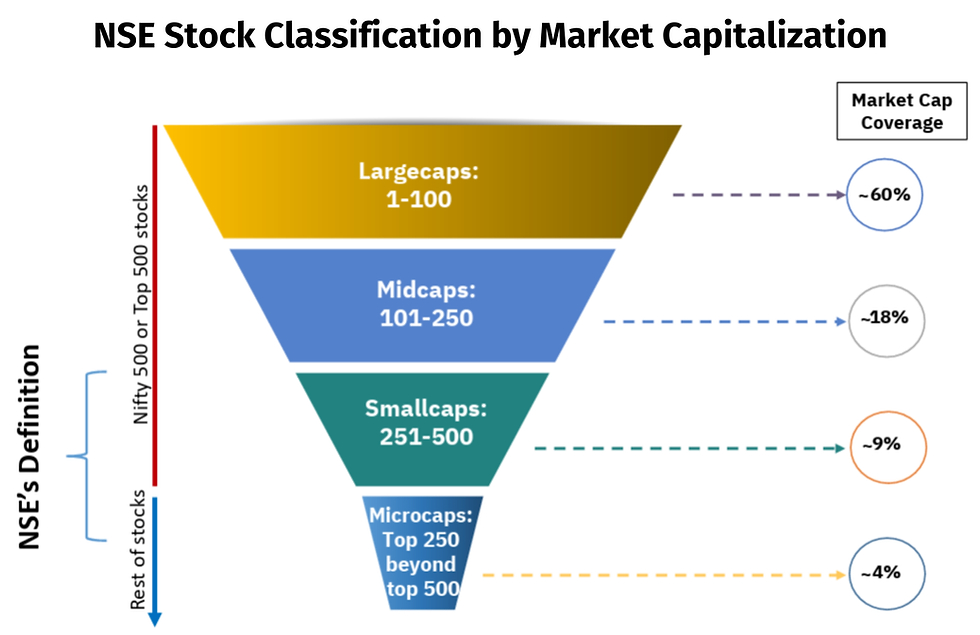The Mark Of A Mature Investor
- Akshay Nayak
- Oct 22, 2023
- 3 min read
Most individuals today have a fair understanding of the basic tenets of sensible investing. But plain knowledge of these tenets alone would not be sufficient. Investors who are truly mature imbibe this knowledge to create an investment process that is characterised by balance and realism. This sets them apart from other investors around them. Therefore today I am going to talk about the traits that truly mature investors display in their investment process.
Mature investors begin by asking "How to invest?" instead of "Where to invest?". In other words they follow a process centric approach to their investing. They define their financial goals, inflation assumptions and return expectations first. Product selection becomes the final step of the process. They also ensure their inflation assumptions and return expectations are sensible. At the individual level, an inflation assumption of around 8% would be realistic. It accounts for lifestyle creep during the lifetime of the individual. To learn more about lifestyle creep, have a look at my earlier article It Creeps, And Can Kill.
Having sensible return expectations gives mature investors a realistic idea of how much they need to achieve their goals. They also assess portfolio on the basis of post tax real returns. Realistic long term post tax real return expectations from various asset classes are given in the graphic that follows.

Assuming headline inflation of 6%, we can expect a long term post tax return of 9% from equity and 7% from debt. Mature investors also understand that portfolio returns are completely different from asset class returns. And it is portfolio returns that actually matter. The return calculation on a portfolio with a 60-40 split between equity and debt is given in the graphic that follows.

Therefore assuming portfolio returns of 15%, 20% and so on would be grossly unrealistic. When planning for goals that are 10 or more years away, progressive derisking of the portfolio is vital. The equity allocation in the portfolio must be progressively reduced as the goal draws closer. An illustration of the same for a 15 year goal having a 60-40 split between equity and debt is given in the graphic that follows.

Therefore portfolio returns in later years to the deadline of the goal would reduce. Running with a singular return assumption throughout the tenure of the goal is naturally unrealistic.
The situation is similar when planning for retirement. A mature approach to retirement planning would assume that real portfolio returns (post tax portfolio return - inflation) post retirement is zero. This may sound conservative, but it is realistic. This means that we would need a corpus of at least 35 times current annual expenses at age 55 to be able to afford total retirement at age 55. It is the most viable way to ensure that we do not run out of money in retirement. Therefore retiring on the basis of thumb rules such as the 4% rule would be impractical.
Mature investors also do not give undue importance to the tax implications of their investments. They do plan their taxes, but do not obsess over it. They view tax implications as one factor when making investment decisions. They do not make taxes the central focus of their investment decisions. They understand that their tax payments would be insignificant relative to the sizeable wealth that can be created with the right investment products.
These are the traits that any investor who follows a mature approach to their money management would display. They follow an approach that is centered around prudence and pragmatism. All investors would therefore benefit from adopting such an approach to their money management.



Comments